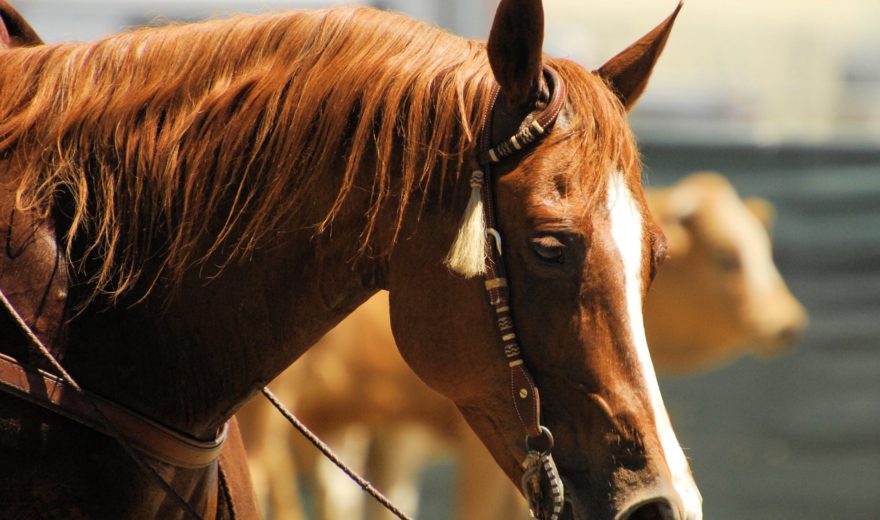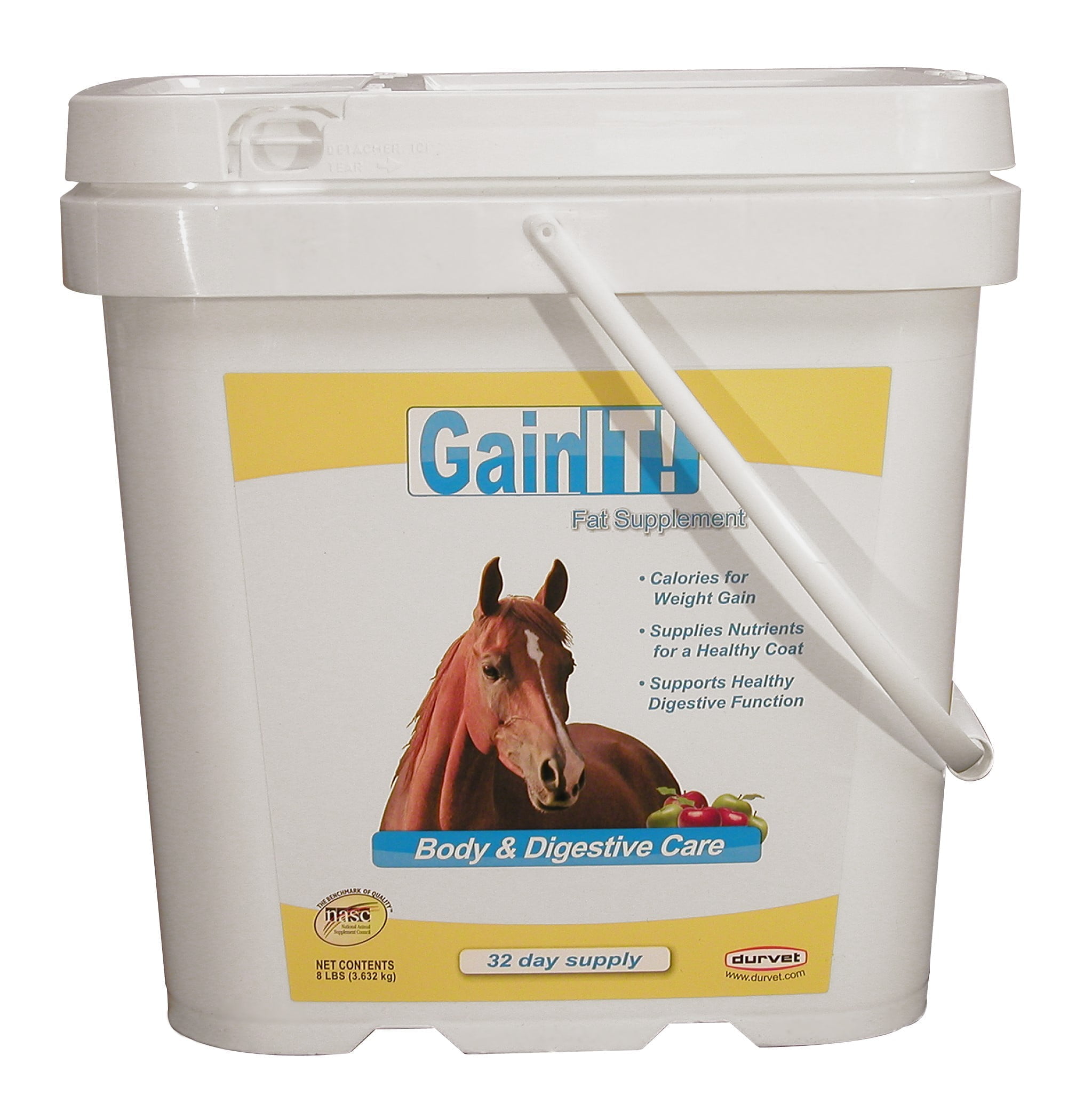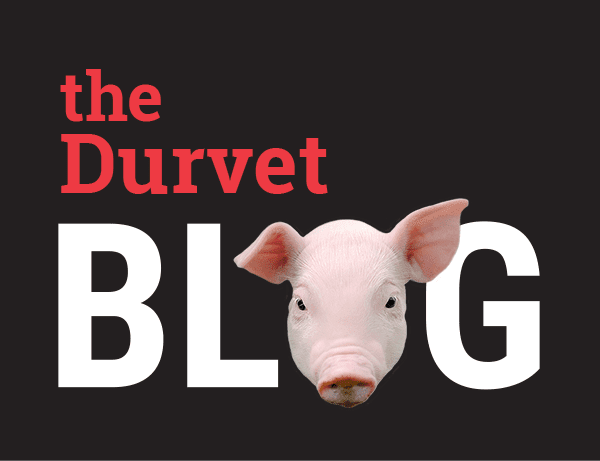
Here’s something to think about...
Middle age for humans begins at about 45. Middle age for your horse begins at around 15, with a life expectancy of about 30.
Along the way, the inevitable signposts of aging begin appearing, including weight loss, a somewhat swayed back, the reduced muscle around the withers and haunches, and a slightly unkempt or dull coat. These clues coupled with lower energy, graying on the muzzle, and sunken areas above the eye-sockets signal senior status.
Caring for the aged equine may take a bit more time and effort, but the older horse still has contributions to make. Who can provide dependability and build confidence in youngsters just learning to ride better than a trusted older friend? Who has more patience and an unflappable nature than a double-digit horse for a beginning adult rider? What about a good stable model for training the young horse?
Veterinarians point to a horse’s teeth as the single biggest concern in managing the elder citizen.
As the horse ages, the teeth wear down and can become loose, impacted or infected. In turn, the ability to graze and properly chew feed decreases resulting in reduced nutrition and roughage intake.
 As winter arrives the proper mastication or chewing of feed for warmth and nutrition becomes critical.
As winter arrives the proper mastication or chewing of feed for warmth and nutrition becomes critical.
Specialty formulated feeds, usually an extruded or pre-cooked pellet; top dressed with extra calories is advisable.
GainIT from Durvet provides a high-fat supplement formulated to add the extra calories required for weight gain, improved body condition and coat, without the added risk of colic associated with increased grain feeding.
By using vegetable sources for fat, GainIT translates into a 40% fat content product with near 100% digestibility. GainIT compares competitively with similar nationally-known products but at a lesser cost per feeding. You can find GainIT at your local feed, farm or tack store. Look for a dealer near you at www.Durvet.com .
 But don’t stop with just changing the diet of the horse. If the senior is pastured with other horses, be watchful that the older fellow has a protected place for feeding and less competition for grazing and hay.
But don’t stop with just changing the diet of the horse. If the senior is pastured with other horses, be watchful that the older fellow has a protected place for feeding and less competition for grazing and hay.
Don't isolate the older horse, as the company of fellow horses is critical for social needs.
With a proper feeding program top dressed with value-added GainIT, free access to forage, and mild exercise, your equine partner can be serviceable for years to come.

 BACK TO MAIN BLOG
BACK TO MAIN BLOG 
Comment